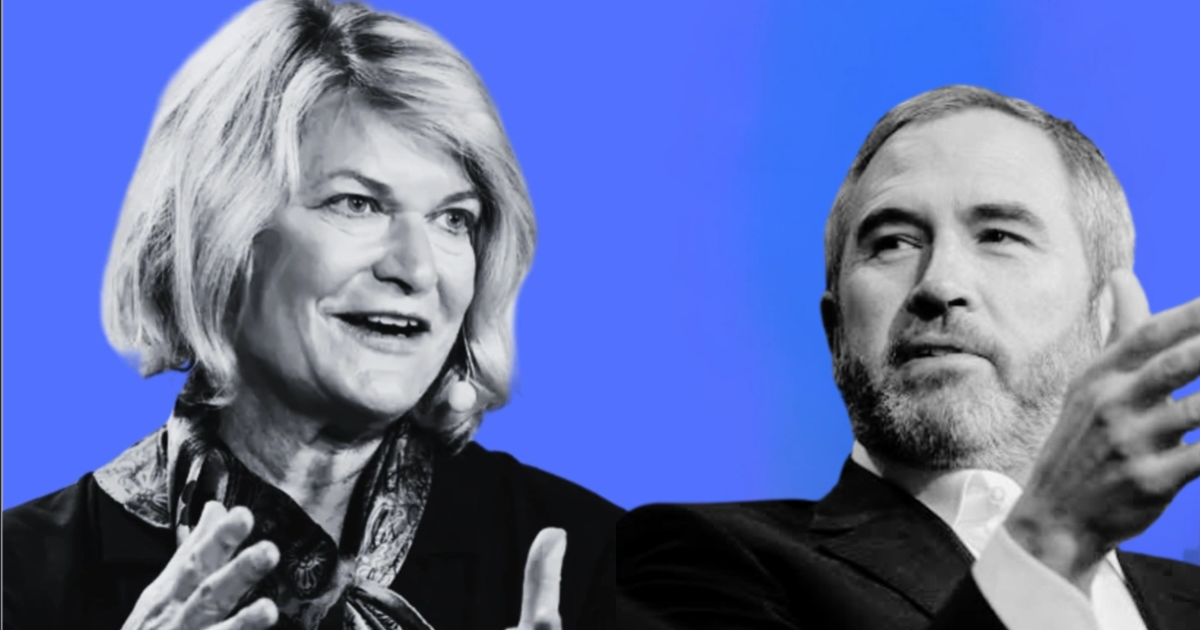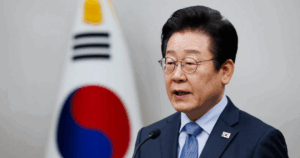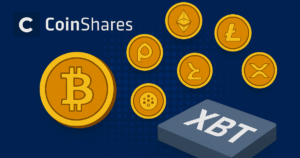Following a canceled meeting, Ripple CEO Brad Garlinghouse spoke out against Senator Cynthia Lummis in public. The news has caused tension in Washington because Ripple is reportedly bidding for a multibillion-dollar deal with Circle.
On May 19, Garlinghouse put out his statement on social media. Yet another indicator that regulation and crypto business are more connected than ever.
Key-Takeaways:
- Senator Lummis and Ripple CEO Brad Garlinghouse exchanged sharp words during a $5B purchase attempt for Circle.
- By chasing Circle, Ripple demonstrates how those who control a stablecoin can shape liquidity, form partnerships, and play a key role in creating new rules.
Ripple CEO Confronts Senator Lummis
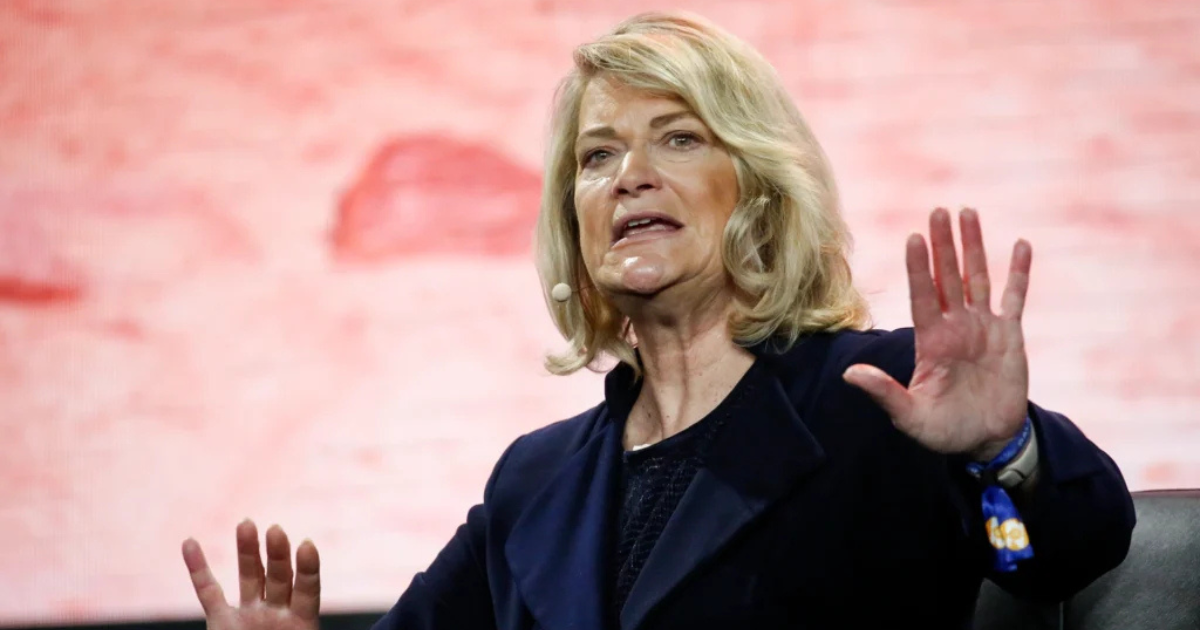
The CEO of Ripple picked out Senator Lummis for being unable to keep their planned meeting. He noted that Lummis oversees the Senate Digital Assets Subcommittee and governs Wyoming which is a pro-crypto area.
In his public notes, Garlinghouse encouraged Lummis to join him for a live webcast on X or at industry-related gatherings. He gave a direct message to show he wanted to restart the conversation.
The Ripple CEO expressed readiness to continue helping in any way possible to achieve this goal, referring to the Trump administration’s aim for the United States to be a center for innovations in cryptocurrencies.
Stablecoins are exploding globally for their real-world applications (the sheer amount of recent announcements across crypto, fintech and traditional finance should indicate as such).
The sooner that the US can pass workable, clear rules, the faster it reaps the benefits of… https://t.co/jgDvHSJ4L4
— Brad Garlinghouse (@bgarlinghouse) May 9, 2025
Proposed $5 Billion Acquisition of Circle
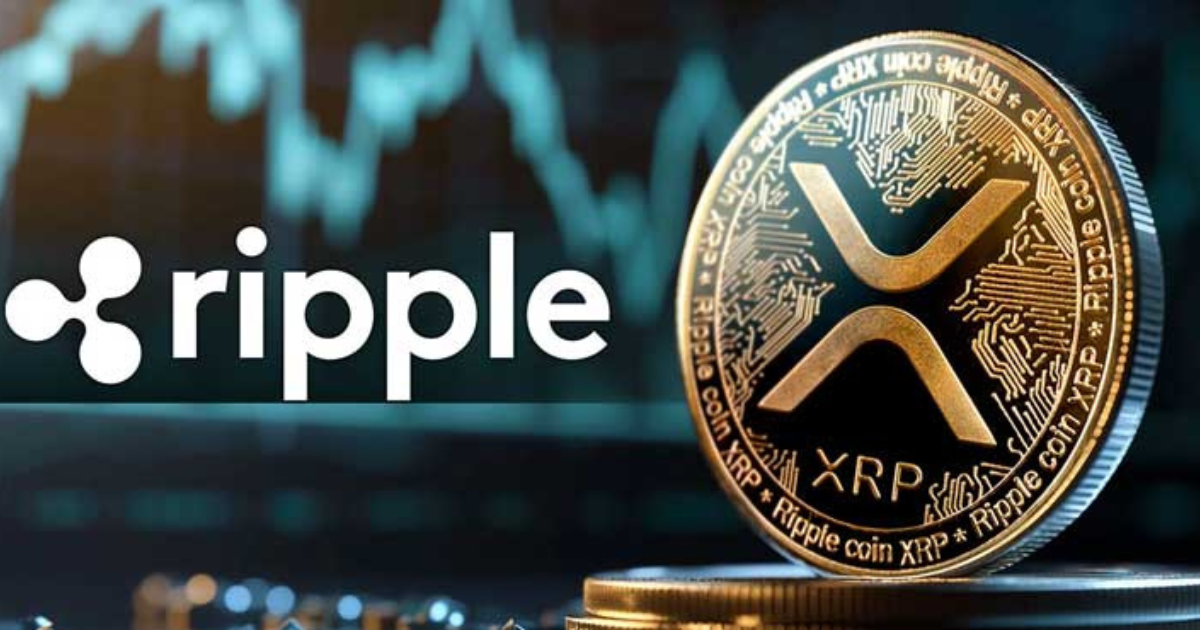
As Ripple pursues major changes in the world of stablecoins, its CEO has run into Senator Lummis. In recent weeks, the company expressed interest in acquiring Circle, the company that backs USDC.
Bloomberg says that Circle has refused the offer, claiming it was too low. The new development creates extra uncertainty in Ripple’s steps in managing regulations and markets.
Ripple has not given up on making the acquisition, even with the recent rejection. It has been said that Circle is continuing informal discussions with both Ripple and Coinbase.
By continuing to pursue his plans, the Ripple CEO is making sure Ripple can play a major role in the stablecoin market. The company reportedly offered a combination of cash and XRP, making use of Ripple’s big reserve of tokens.
The IPO application of Circle, submitted earlier this year, looks to place its valuation at $5 billion. This shows what an acceptable offer should consist of if the company is ever put on the market.
Ripple will now be in direct competition with Coinbase, thanks to Garlinghouse’s efforts to acquire Circle. Coinbase shares ownership in Circle and takes care of important USDC infrastructure.
Using Stablecoins as a Key Currency in Crypto
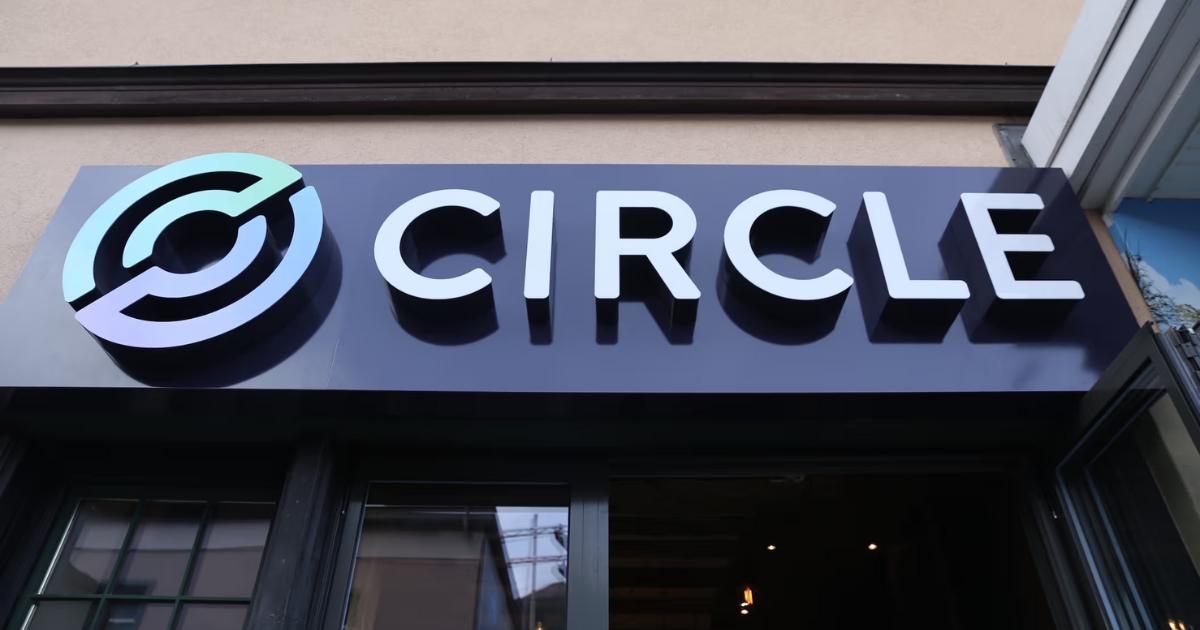
To Ripple CEO Brad Garlinghouse, Circle’s acquisition is about much more than business. It is a strategic action aimed at forming the future of digital dollars worldwide.
Who controls USDC indicates that stablecoins are seen as important symbols in the crypto world.
Industry analysts believe that Garlinghouse is interested in Circle because he realizes stablecoins hold significant power. It ensures there is control over liquidity, brings about the right business relationships, and affects discussions with regulators.
If Ripple could secure Circle, it would allow Ripple to set important standards for stablecoins in financial systems.
There is a lot at stake as Garlinghouse works to promote a multichain approach aimed at companies within the crypto industry. It goes against some lawmakers who either prefer Bitcoin or feel cautious about stablecoins. As governments approach finishing their crypto regulations, these differences are becoming easier to spot.
There will be big challenges for the Ripple CEO if the planned acquisition does not work out. If Ripple loses Circle to Coinbase, it could get left behind in the effort to establish the base layer of stablecoins in cryptocurrencies.
Because there is little action on stablecoin legislation, Garlinghouse thinks deals with corporations give Ripple more say in how digital dollars are regulated. Major acquisitions can affect the market in the same way that new policies do.
As a result, lawmakers like Senator Lummis feel more pressure to define both the rules and who contributes to writing them.
Conclusion
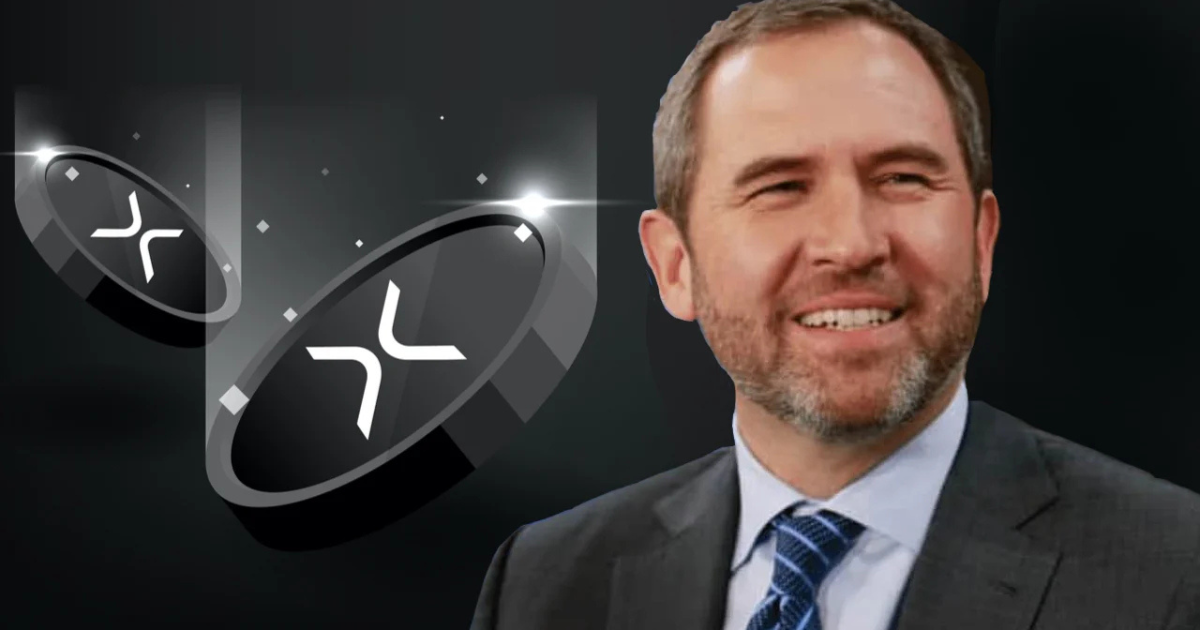
Ripple CEO Brad Garlinghouse is combining business management with influencing policy decisions. His steps show how stablecoins are becoming more important for connecting old money with digital systems. These days, leaders in crypto need strong knowledge of markets and strong political abilities.





